Room 102, Building 13, Area A, Wanyang Zhongchuang Park, Ganyao Town, Jiashan County, Zhejiang China.

Hexagon head screws, commonly known as hex bolts or hex cap screws, are widely used in construction, automotive, furniture, and DIY applications. Their six-sided head design allows for better grip and torque, making them ideal for securing heavy materials. But a common question among both professionals and DIY enthusiasts is: Can hexagon head screws be reused?
1. Understanding the Material and Grade
Hexagon head screws come in various materials and strength grades, such as:
Carbon steel
Stainless steel
Brass or aluminum (less common)
High-tensile alloy steel
The material affects the durability and reusability of the screw. For example:
Stainless steel hex bolts are corrosion-resistant and maintain their shape well after repeated use, making them good candidates for reuse.
Carbon steel bolts, especially those used in outdoor or industrial environments, may rust or degrade over time, limiting their lifespan.
High-tensile bolts (like Grade 8) are very strong but may stretch slightly under extreme torque, which could affect reusability.
So, the higher the quality and strength of the screw, the more likely it can be reused if removed correctly.
2. How the Screw Was Used Matters
Reusability heavily depends on the conditions the screw was subjected to in its previous application. Key factors include:
Torque and tension: If the screw was over-tightened or torqued beyond specification, it may have stretched or been damaged.
Exposure to heat or chemicals: Screws exposed to extreme temperatures (such as in engines) or corrosive chemicals may lose strength or integrity.
Vibration and load cycles: Screws used in machines or vehicles that vibrate constantly may suffer from fatigue, making them risky to reuse.
Thread-locking compounds: Screws installed with thread locker (like Loctite) may be harder to remove without damage.
If the hex screw was used in a high-stress or critical application, like structural engineering or automotive suspension, it's generally not recommended to reuse it. Safety comes first.
3. How to Inspect a Hex Screw for Reuse
Before reusing any hex head screw, it's important to inspect it carefully:
Check the threads: Are the threads stripped, worn, or flattened? Damaged threads can reduce holding strength and cause loosening.
Examine the head: A rounded or cracked head may indicate the screw was over-tightened or stressed.
Look for rust or corrosion: Any sign of rust, especially deep pitting, is a clear reason to replace the screw.
Check for bending or warping: Even slight deformation can compromise fit and strength.
A simple rule of thumb: If in doubt, throw it out. Screws are relatively inexpensive — the cost of failure is not.
4. Tips for Safely Reusing Hex Screws
If the hex screw passes inspection and the application is non-critical, such as furniture assembly, fencing, or temporary fixtures, then reuse may be perfectly fine. To ensure safety and performance:
Clean the screw thoroughly before reuse, especially the threads.
Apply anti-seize or lubricant if needed, to prevent galling or thread damage.
Re-torque properly using a torque wrench to avoid over-tightening.
If reusing in wood or softer materials, make sure the threads still grip properly and haven’t worn the hole too wide.
5. Applications Where Reuse Is Generally Safe
DIY home projects (shelves, brackets, decor)
Temporary structures (event stages, fencing)
Non-load-bearing furniture assembly
Light-duty automotive repairs (like splash guards)
These uses are generally low-risk and allow for reuse if the screw is in good condition.
6. Applications Where Reuse Is Not Recommended
Automotive engine parts or suspension systems
Structural steel construction
Load-bearing installations
Safety-critical assemblies (e.g., bike brakes, climbing equipment)
In these situations, even minor flaws in a reused screw could lead to failure — which could have serious consequences.
So, can hexagon head screws be reused? Yes — but only if they’re still in excellent condition and used in appropriate applications. Always inspect for damage, rust, and thread wear before reinstalling a screw. In non-critical projects, reusing screws can be a cost-effective and environmentally friendly choice.
However, when it comes to safety or high-performance tasks, replacing the screw is the smarter option. After all, a few cents saved isn’t worth the risk of failure.
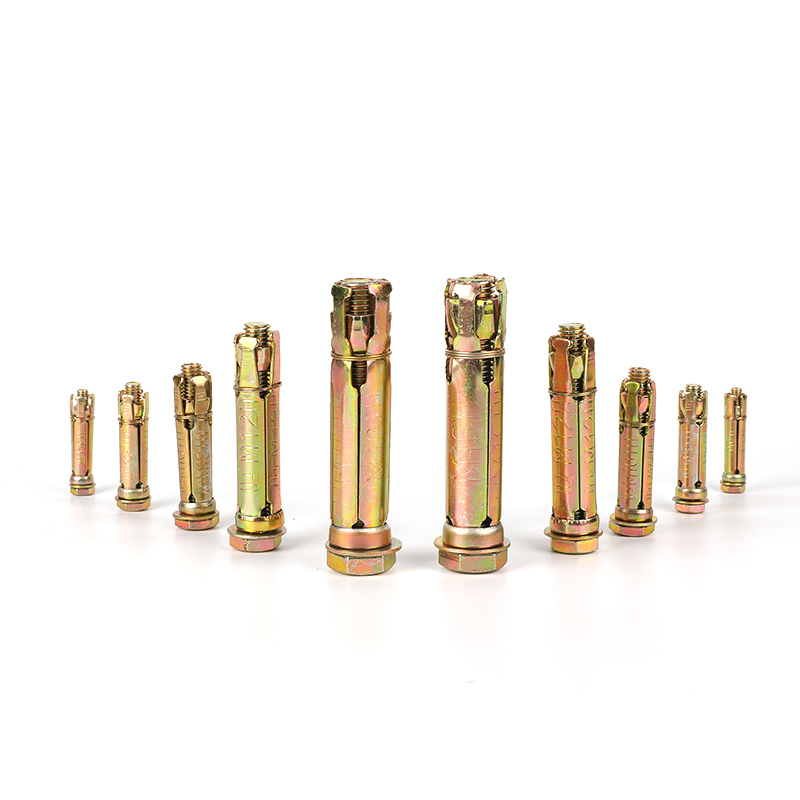
Fix anchorbolts include bolts, washers, nuts and 4PCS cylindrical shields. By tightening the bolts, the shields tubes expand and the components can be...
See Details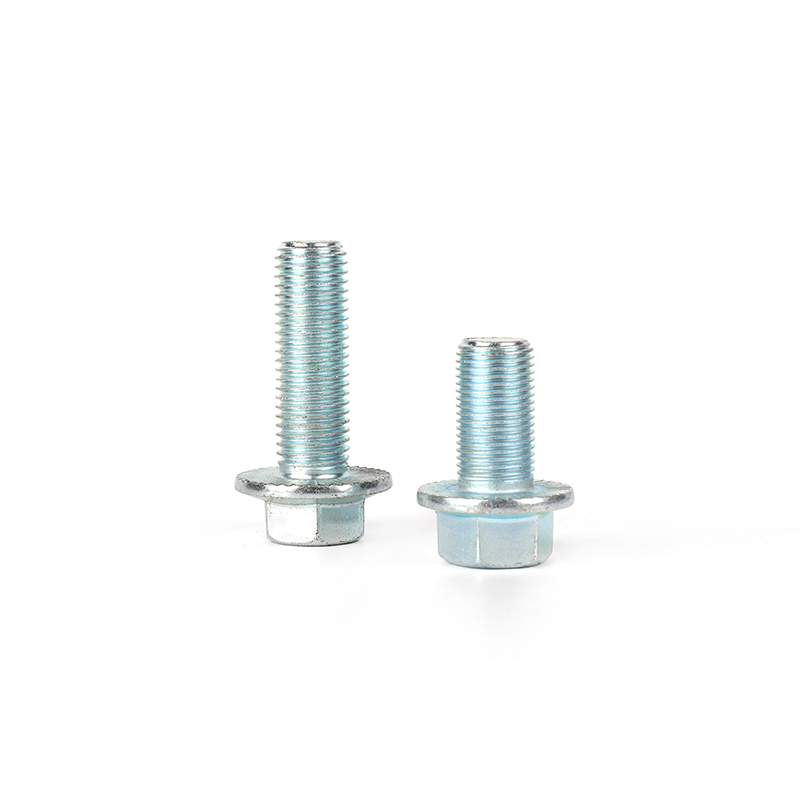
Flange bolts are specially used to tightly connect pipes and components with flanges. We produce flange bolts are solid t and durablethat, compling wi...
See Details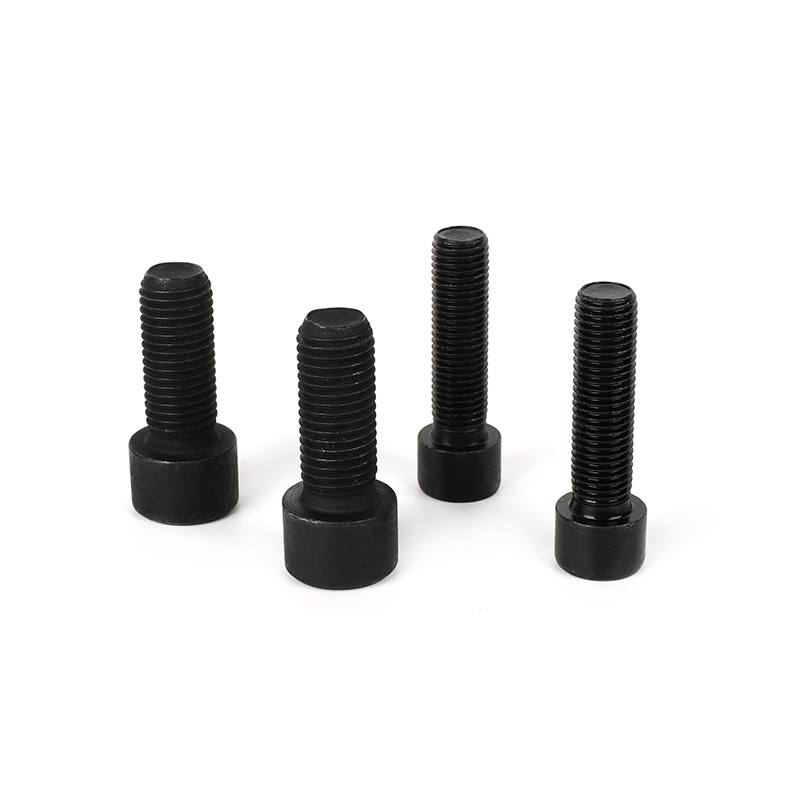
The Grade 8.8 black oxide full-thread hexagon socket bolts have an internal hex design and needs to be used with a wrench with a hex head. Its full th...
See Details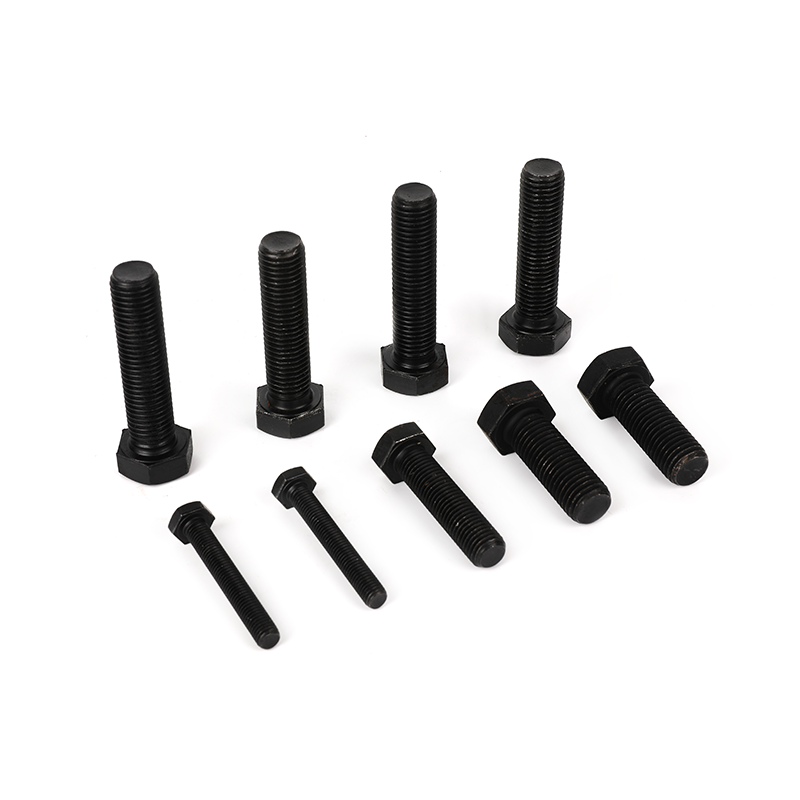
Grade 8.8 black oxide full-thread hexagon bolts is a very common fastener and requires a wrench or hex wrench to tighten it. Our hex head bolt meet th...
See Details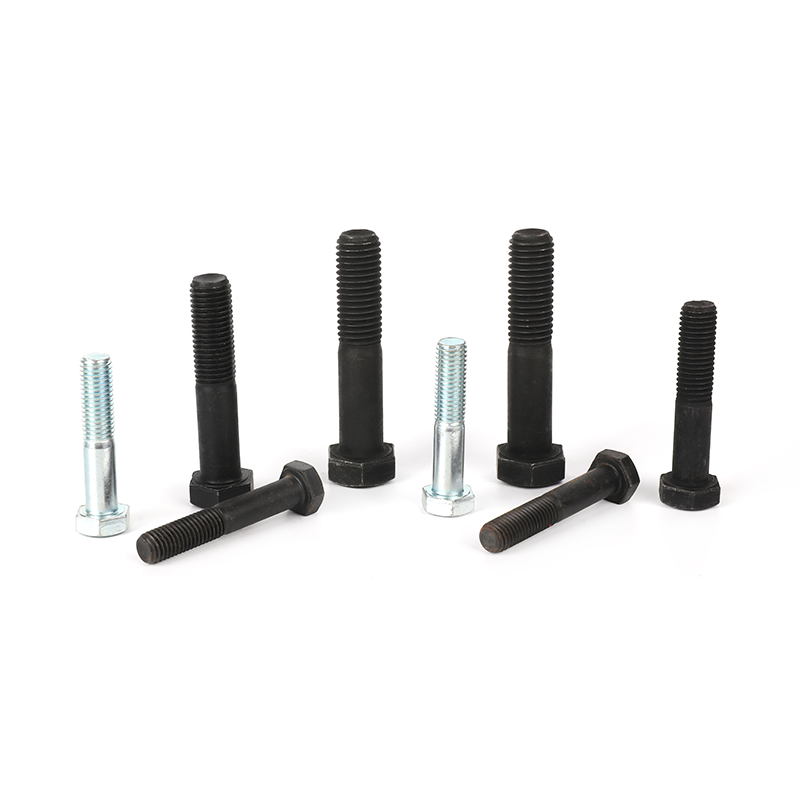
This product is made of high-quality carbon steel and undergoes a rigorous heat treatment process. It has high strength, good elasticity and toughness...
See Details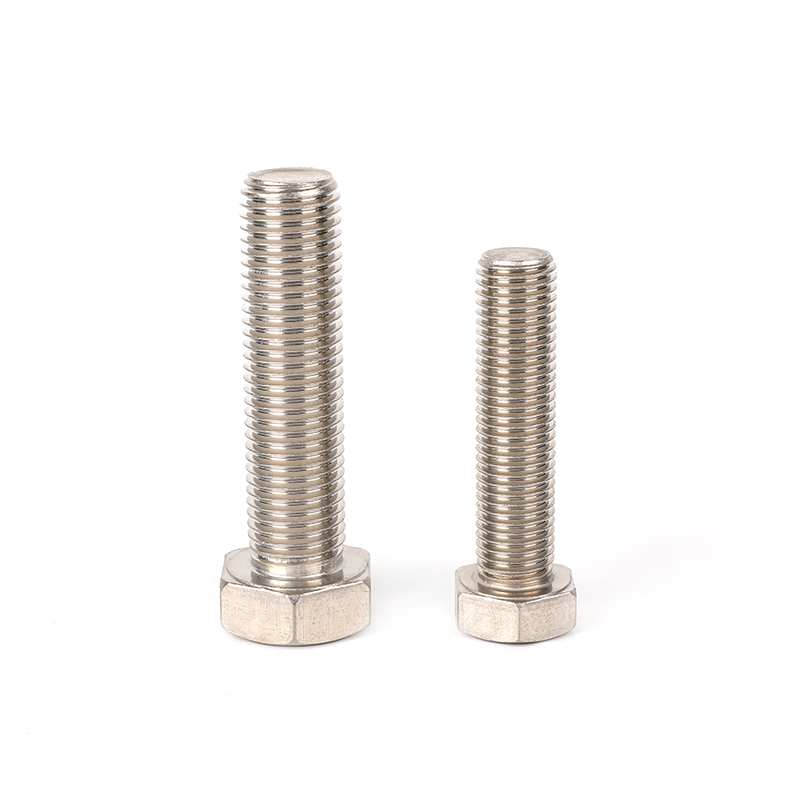
This 304 stainless steel plain full-thread hexagon bolt is a kind of fasteners made of high-quality stainless steel material and has corrosion resista...
See Details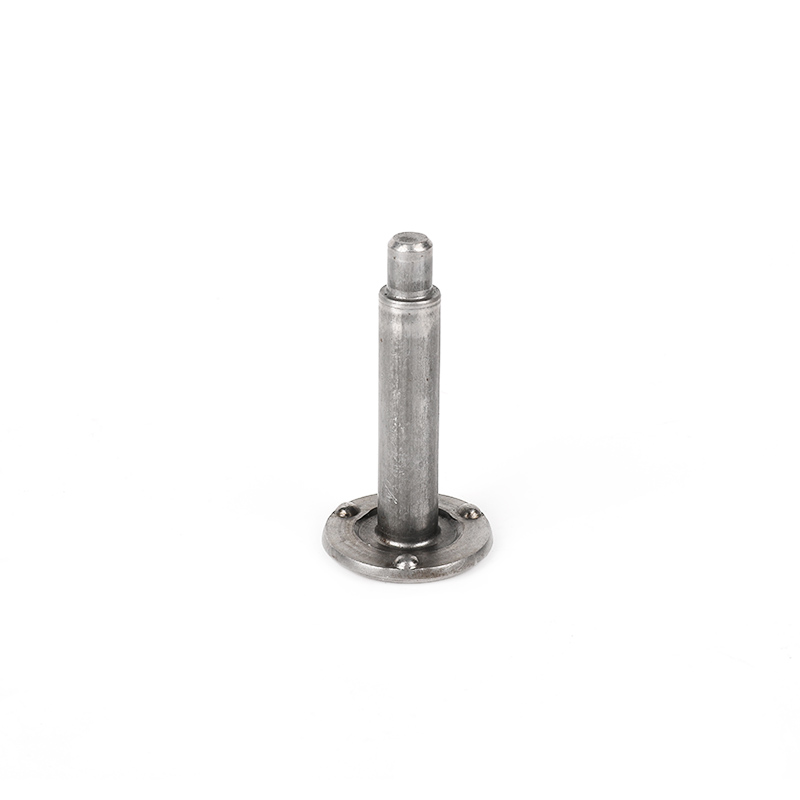
This plain round flat head weld shoulder bolt is a fastener suitable for a variety of welding applications. Its flat head and round head design makes ...
See Details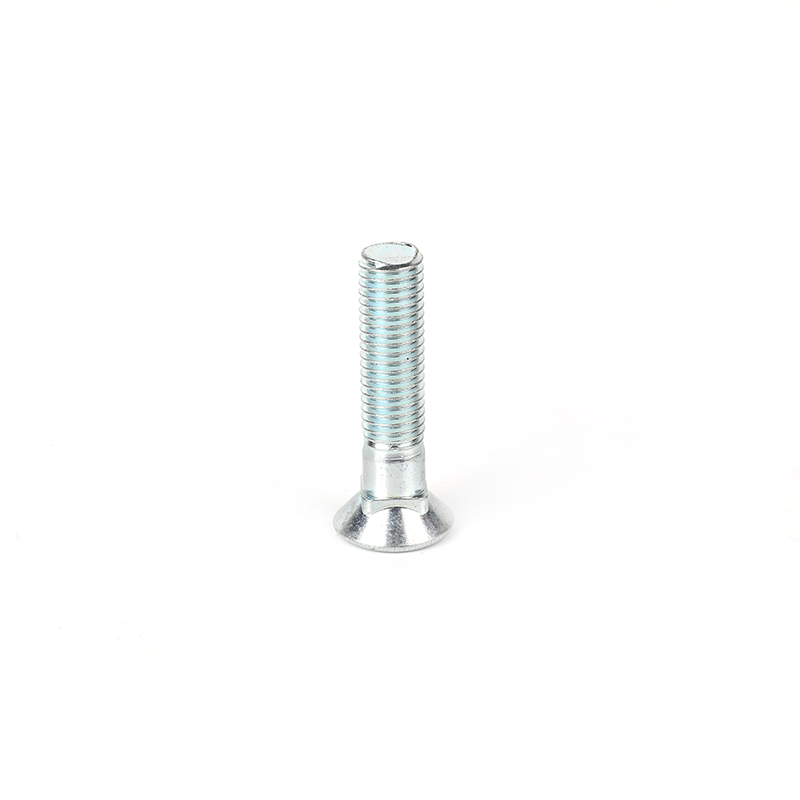
This Grade 12.9 zinc plated countersunk head square neck plow bolt has the advantages of high precision, high operability, high strength, and high ten...
See Details